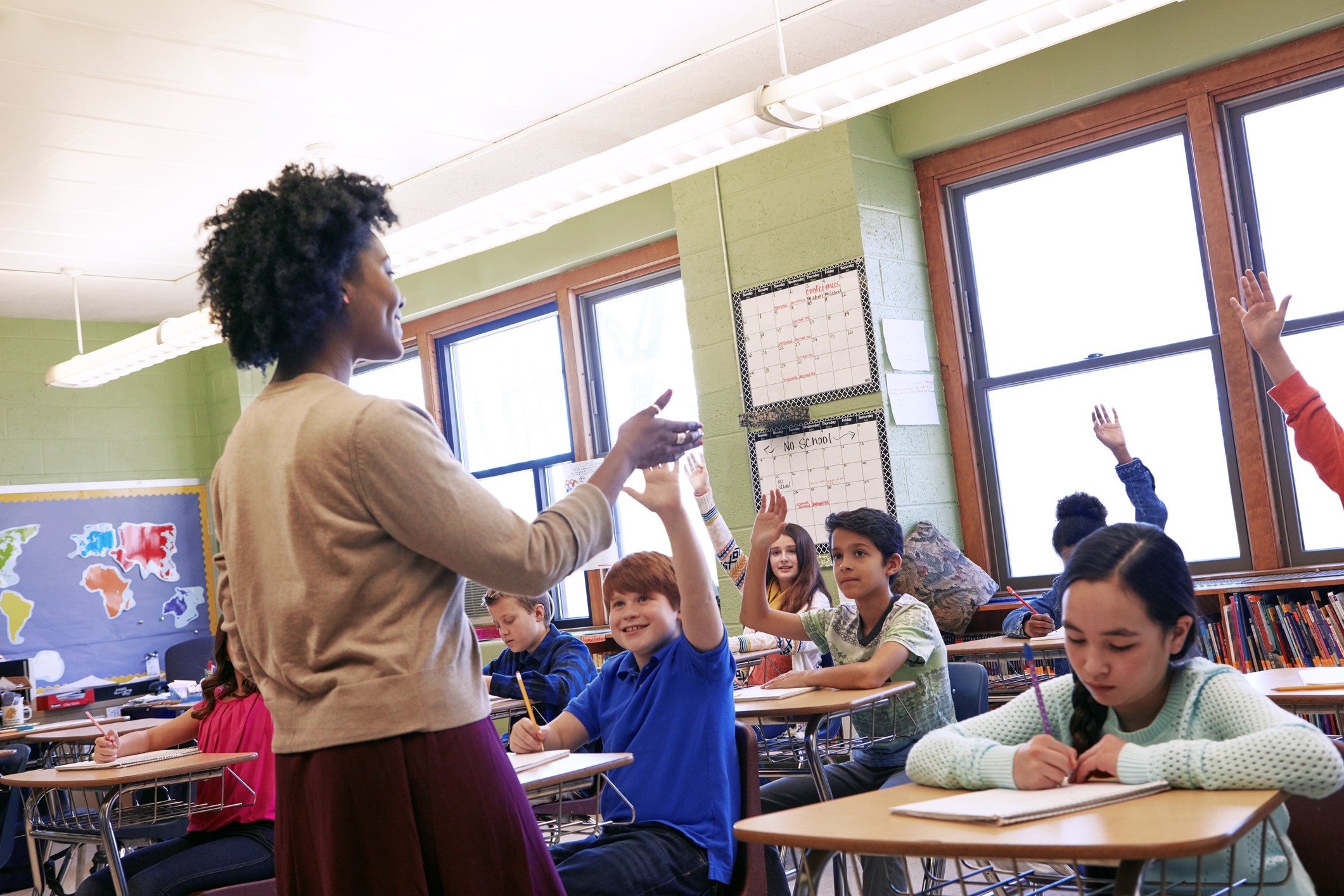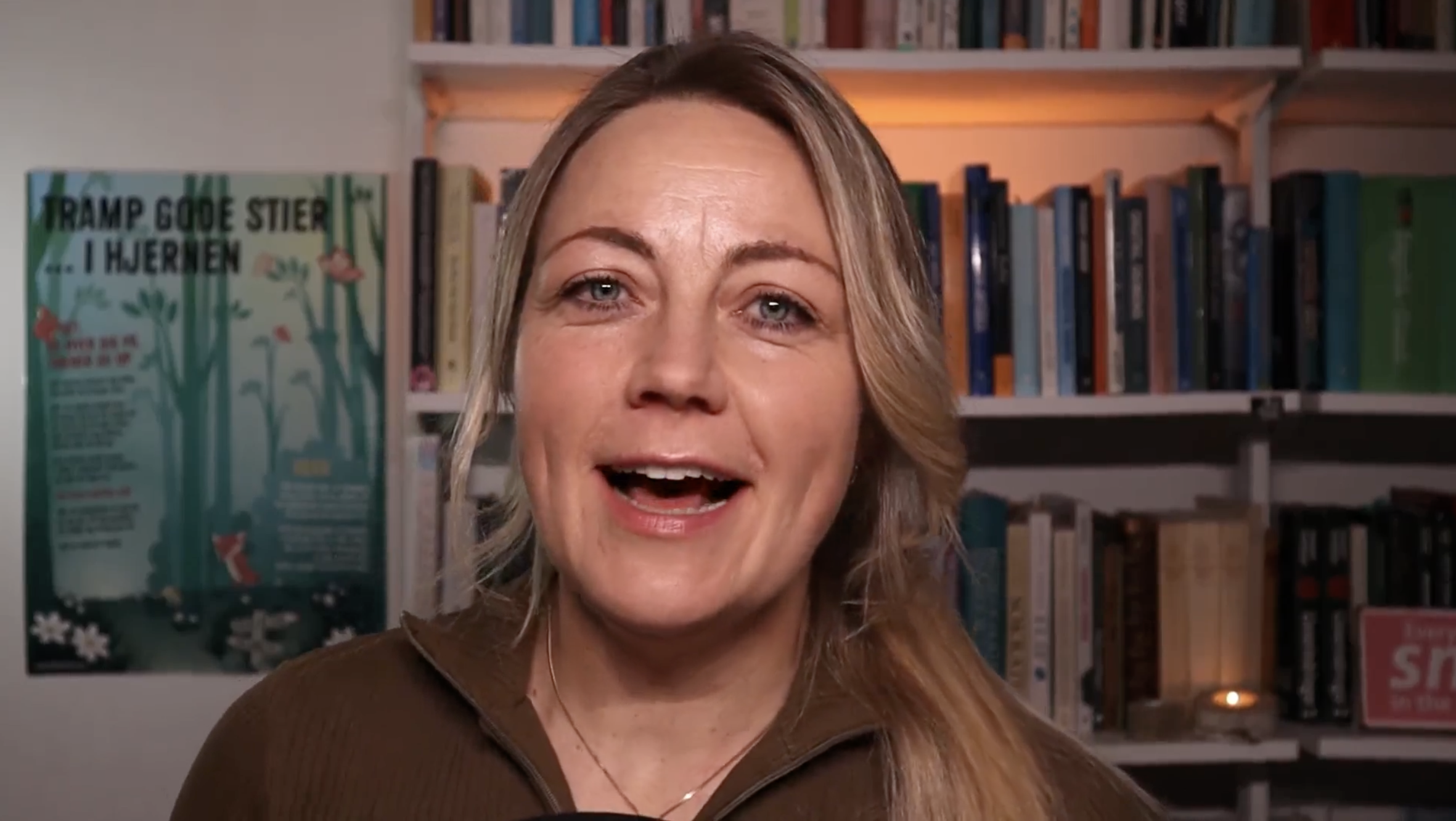WHY LEARNING ENVIRONMENTS SHOULD BE MOSTLY OFFLINE 🧠 💞

The five main reasons for ensuring offline learning environments
2. “Optline” derives students of essential emotional coping skills. We all know what offline and online mean. “Optline” means the zone between the two where you are carrying (or close to) a mobile phone and seldom fully present because you could always escape via digital distraction. Sometimes you do escape. Oftentimes you think about doing it. You can “opt in” with your attention, but you can definitely also “opt out”. A lot of young people will tend to their mobile phones when feeling shy, anxious, awkward, bored etc. because the brain quickly learns that mingling with your phone calms you down (“Neurons that fire together, wire together”). By escaping like this with their phones, students don’t get familiarized with these difficult emotions and don’t gain experience in coping with them in a constructive ways. This leaves them feeling more anxious, awkward etc. the next time and a negative spiralling can start.
3. The impulse control suffers when you can easily go from desiring something to getting it. By having constant access to a mobile phone – with all the temptations, opportunities and (social) obligations this represents for you – you lose out on learning how to be patient, how to wait: Wait to check your SoMe, the football results, the messages from your friends etc. Impulse control is a limited resource and needs regular strengthening. Many young people of today don’t experience this strengthening.
Skills are in the brain like pathways in a forest: You need to walk them numerous times to create a clear, broad and visible pathway that is easy to spot and take. And you regularly need to take this pathway to avoid it from becoming overgrown. The access to mobile phones – even when they are “put away” serves as a constant/silent temptation and distraction and most young people of today seriously need help with strengthening their impulse control and ability to focus on long term goals and values that will serve them. Research shows how performance as well as presence (and the willingness to share deep thoughts and emotions with others) drop when mobile phones are around, on the table, in the bag next to you etc.
4. The number of status threats increase in a room where students have access to their mobile phones. When someone is allowed to check their mobile phone for whatever reason everyone is. This forms a room where all individuals can flee the interaction: letting go of attention and emotional relatedness.
When student X starts their presentation and student Y draws their phone, student Y is basically communicating to X: “I don’t care about what you say” AND communicating to student Z: “You may find this worth listening to, but I sure don’t.” Research informs us that status threats travel quickly in social groups … way faster than good deeds and supportive action.
We – as adults – thus need to be very aware of the quality of the social environments we create for our students. Are they stimulating social interaction in the here-and-now, helping students relate and feel connected with one another? Or are they undermining this, leaving the students in a world more lonely and less able to reach out to and engage with other/new people they meet physically?
5. Important pathways in the brain become overgrown, because others are chosen and thereby strengthened. The neural network in the brain can be compared to pathways in a forest. The ones used often get to be broad, visible and easy to take. The ones used less often or only seldom/never become overgrown. You cannot delete a pathway by trying to erase it – you need instead to start walking on new/other pathways.
Many teens of today experience that their pathways of Distraction, Scrolling and Hyper stimulation are super broad, well kept and easy to choose, whereas the pathways of Focus, Patience and Inner calm suffer.
In a social environment, the pathways of Respect, Empathy and Curiosity easily suffer, when students are “optline” and regularly choose to tap into their digital life rather than being fully present and engaged in the other students around them.
Presence is a precious pathway. We can never take for granted that it is there for us for ever. We can simply lose the ability to experience life in a present way – and lose the ability to offer our presence to others. Presence is one of the most precious gifts we can give to others. It sends the signal: “You have worth. I respect you. I care. I am here for you – to listen and engage with you in ways that make you feel great.”
IS THIS THE LIFE OF YOUNG PEOPLE?
This video continues to startle me. Imagine living in a world where social interaction is always dampened by the presence of screens. Where people around you are “on the move” going to digital places that are not you.
The Mental Health Crisis is all around us and we need to take different action. Living in surroundings that are “optline” almost all the time is stressful – you never really know when the other person will “take off” with their attention – and it leaves you feeling lonely.
The most precious gift we can give to one another is our presence.
ABOUT ANETTE PREHN
Anette Prehn (1975) is an original thinker, communicator, and sought-after speaker and facilitator. Anette works with two of the Top 5 biggest Nordic companies and has clients from e.g. Maersk, Grundfos, Danfoss, Bosch, Novo, Siemens, Ericsson, Roche, Novozymes and numerous public organisations. She is an external speaker at Copenhagen Business School and the author of more than 20 books, including BrainSmart Leadership and Play Your Brain (translated into Chinese, 玩樂到腦, and Russian, Музыка мозга).
With her unique energy and zest, Anette works at the intersection of the boardroom, the scientific laboratory and the playroom. She has a knack for designing and executing powerful learning experiences with practical impact. Her training style is engaging, passionate and playful, using great examples, exercises and tailor-made cartoons to vivify complex knowledge and stimulate powerful new connections in the brains of the participants.

